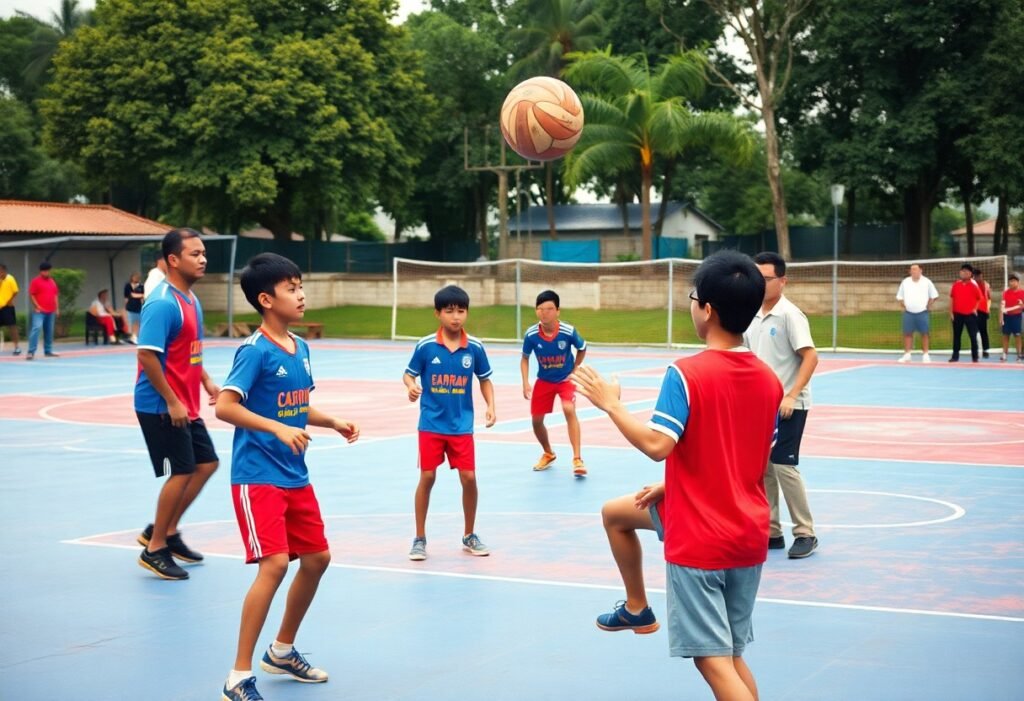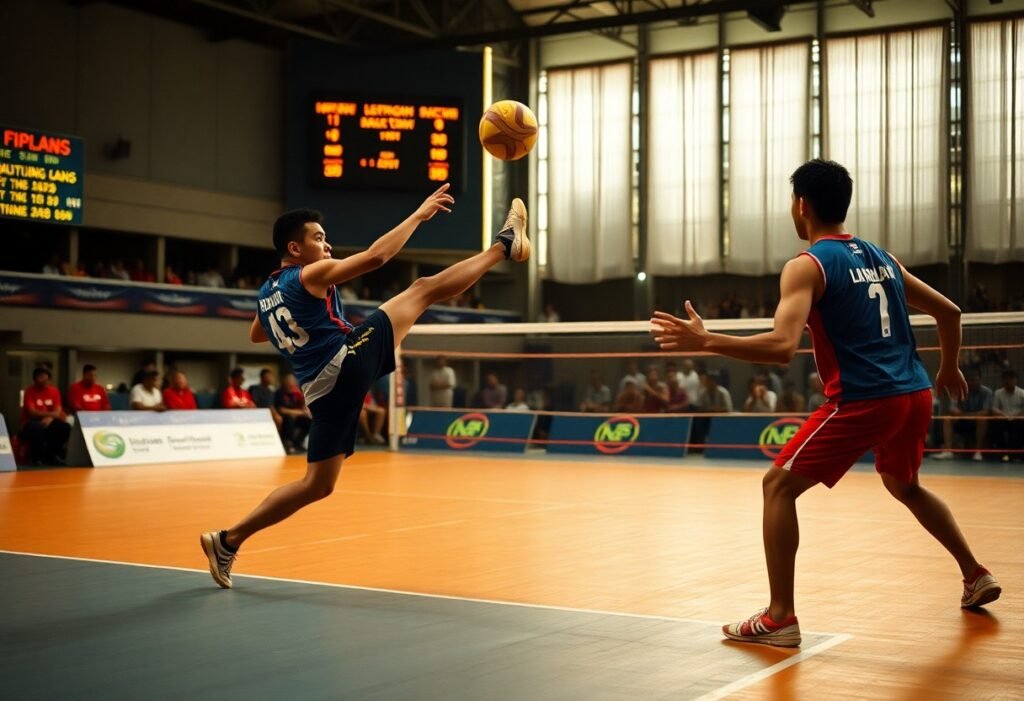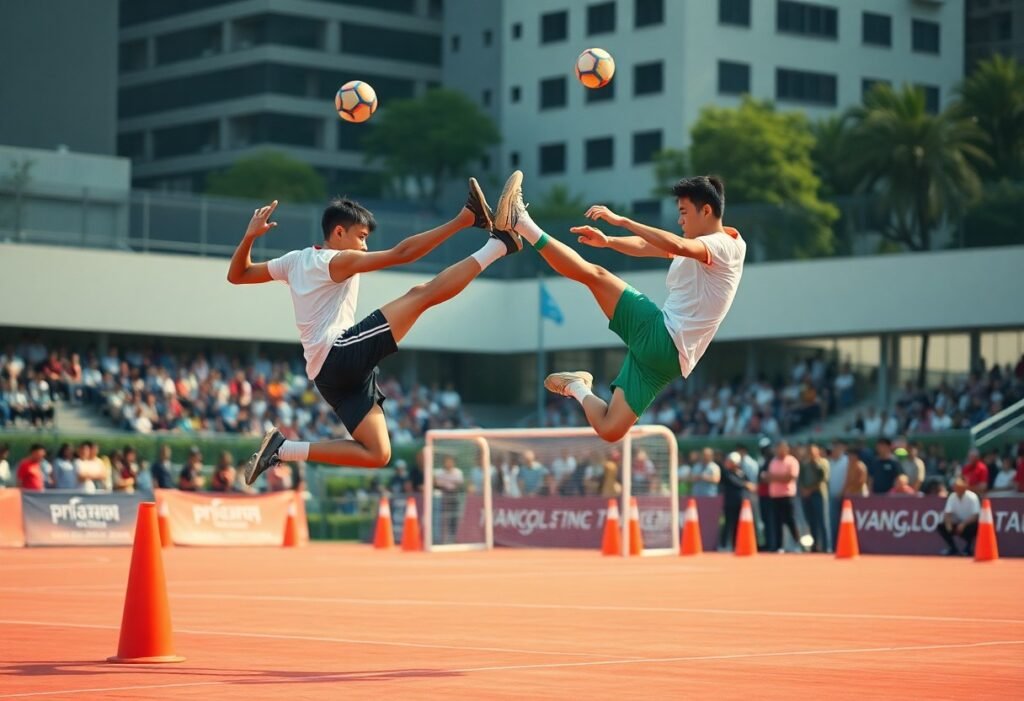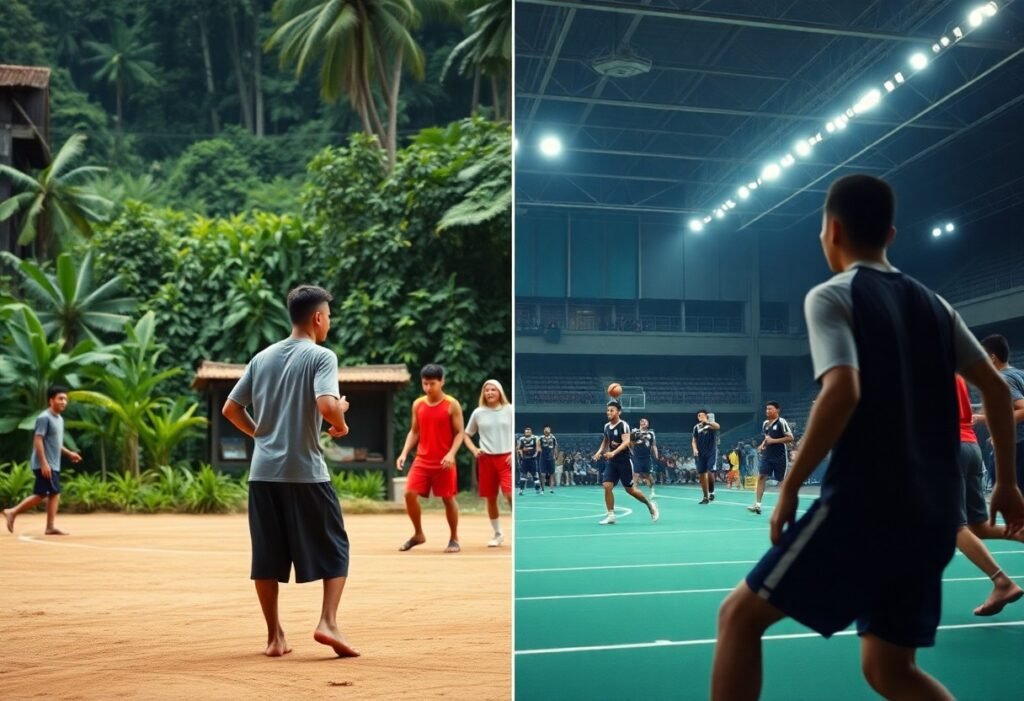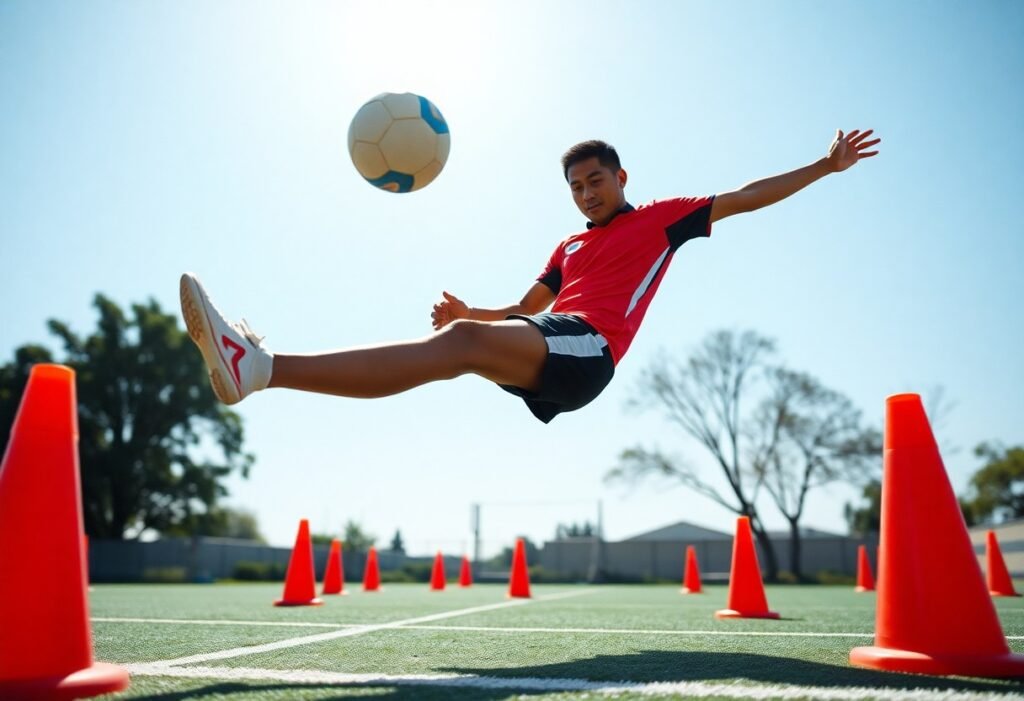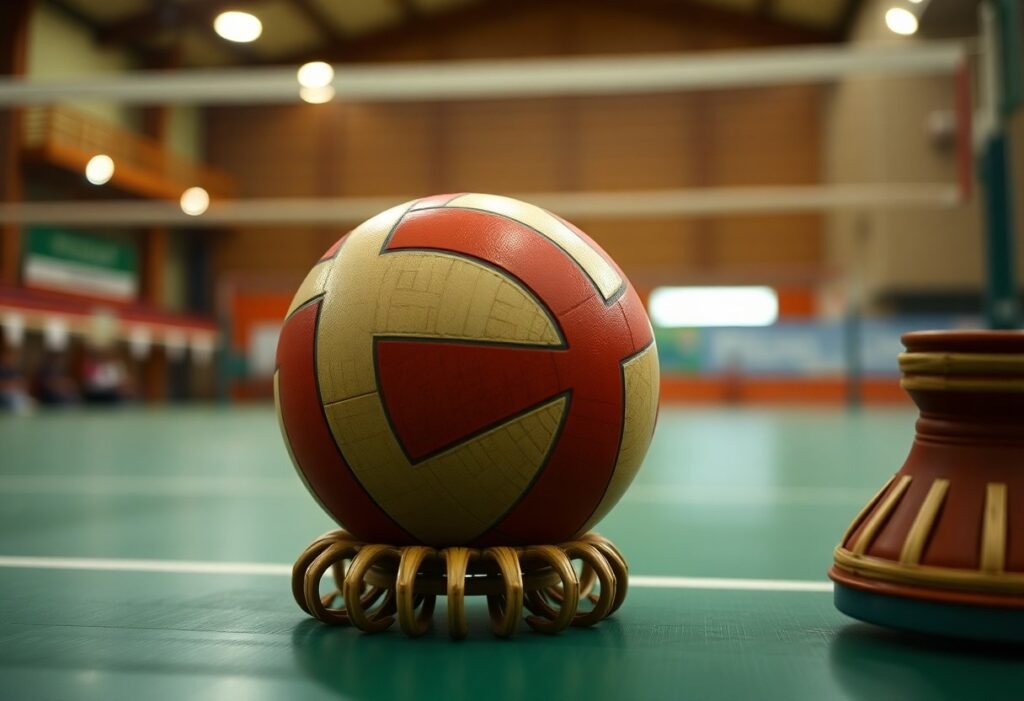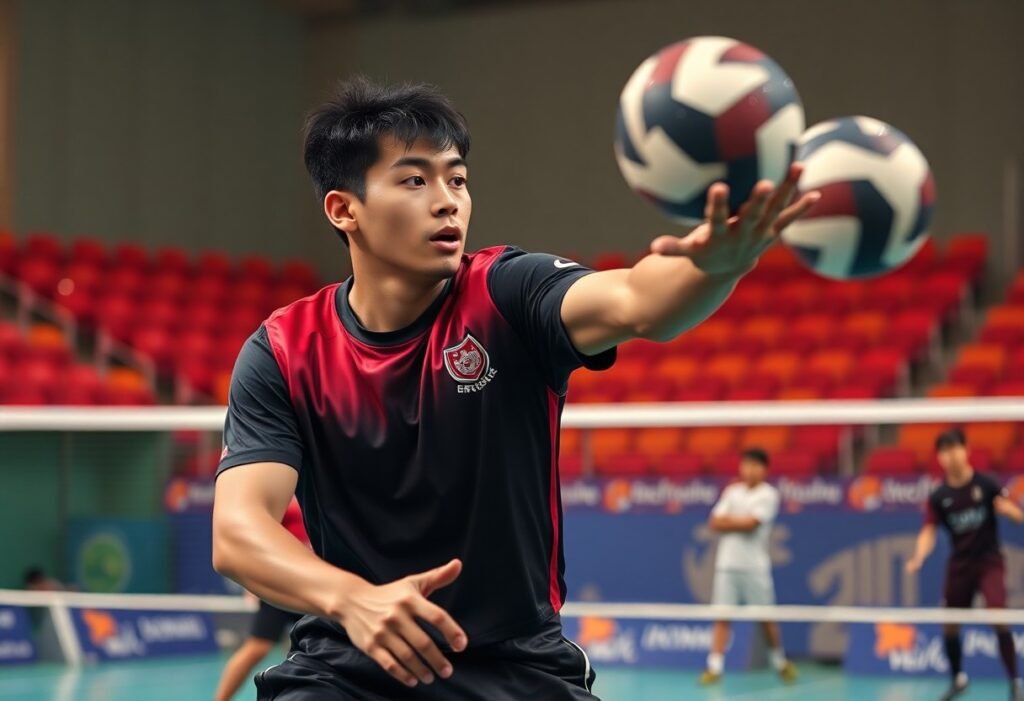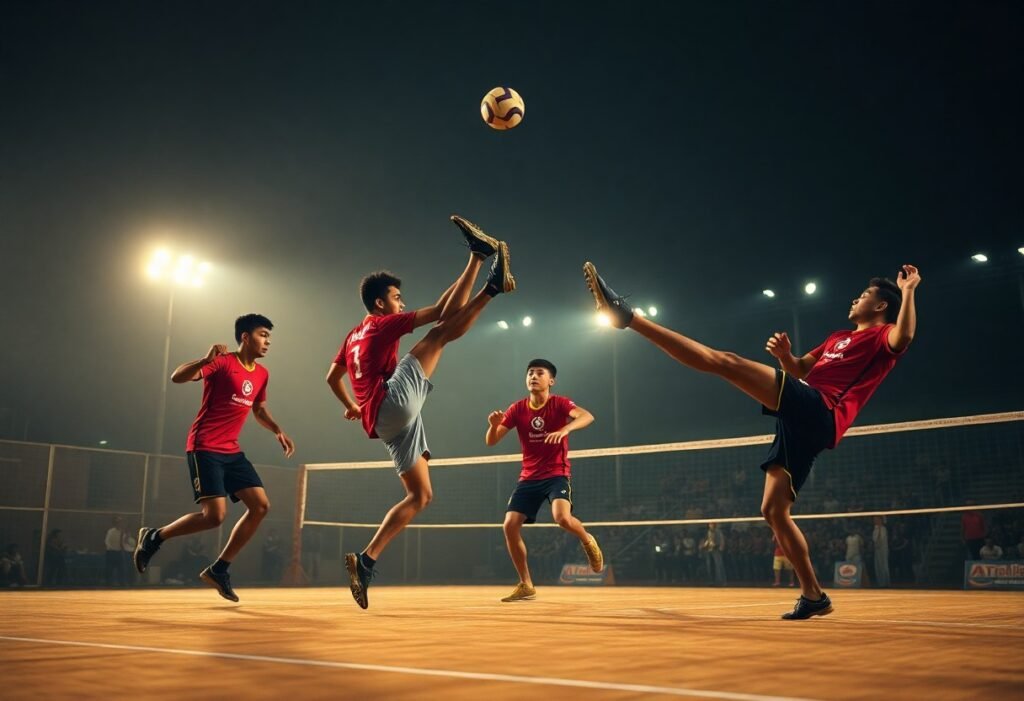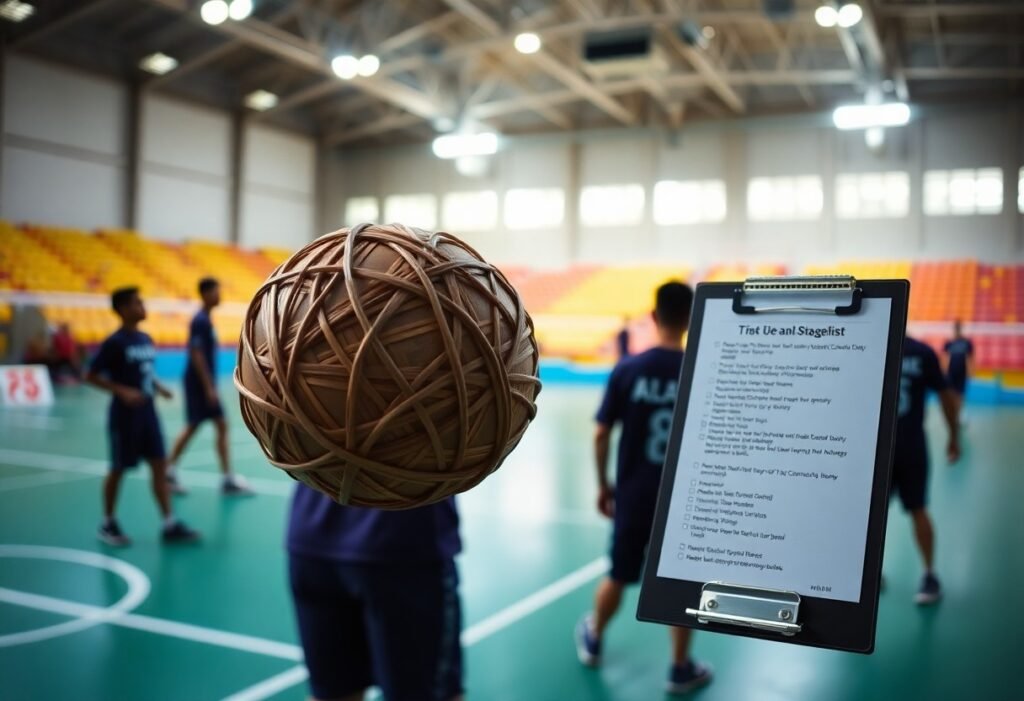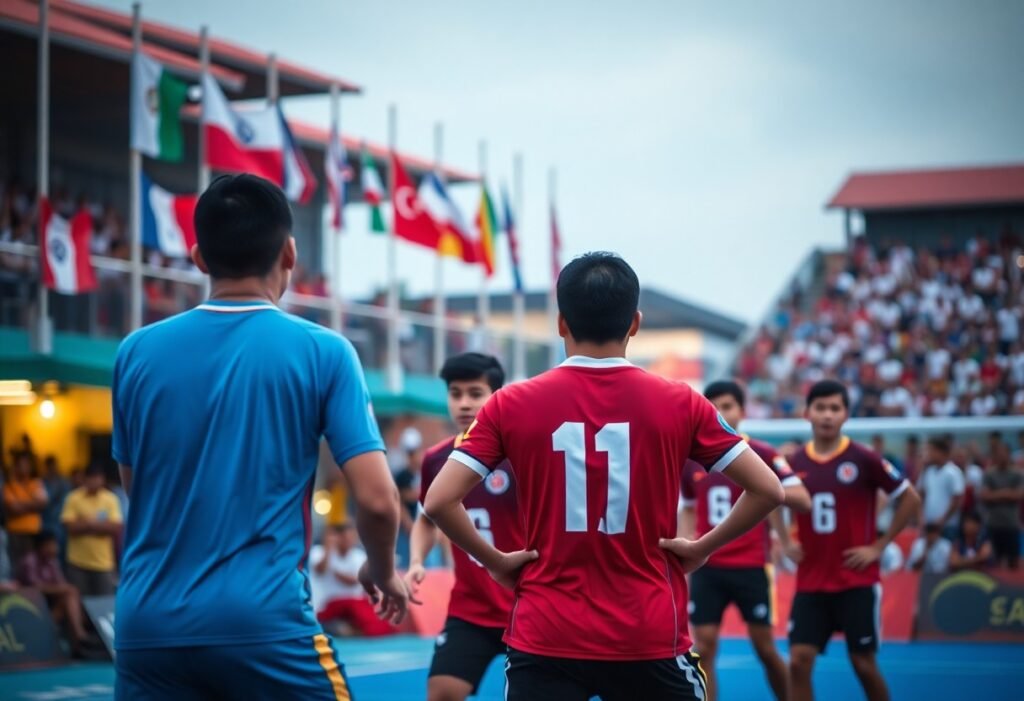Many young athletes are drawn to the exciting sport of Sepak Takraw, a captivating blend of skill, agility, and teamwork. As a coach, your role is pivotal in shaping their experience and performance. To ensure safety and to cultivate a positive training environment, you should focus on fundamental techniques, consistent practice, and fostering sportsmanship. By implementing best practices, you not only enhance their skills but also instill a lifelong passion for this dynamic sport, paving the way for their success on and off the court.
Key Takeaways:
- Focus on fundamental skills: Emphasize the development of basic techniques such as serving, kicking, and passing to build a strong foundation for young athletes.
- Incorporate fun and engaging drills: Design training sessions that are enjoyable to encourage participation and maintain enthusiasm for the sport.
- Build a supportive team environment: Foster teamwork and camaraderie among players to enhance their learning experience and create a positive atmosphere.
Understanding Sepak Takraw
To achieve success in coaching sepak takraw, it’s crucial to have a well-rounded understanding of the game’s fundamentals. By grasping its history, rules, and skill requirements, you can provide your young athletes with a solid foundation that enhances both their performance and enjoyment of the sport.
History of Sepak Takraw
Understanding the origins of sepak takraw is key to appreciating its cultural significance. The sport traces back to Southeast Asia, with early forms observed in Malaysia and Thailand. It has evolved over the centuries, gaining popularity and recognition, including its inclusion in regional and international competitions.
Rules and Regulations
Behind every great sport lies a set of rules that ensures fair play and safety. Sepak takraw is governed by specific guidelines that dictate how the game is played, including player positions, scoring systems, and court dimensions.
In fact, the rules of sepak takraw are designed not only to maintain order during play but also to emphasize skill and agility. The game is played with two or three players per team, and points are scored when opponents fail to return the ball effectively. Understanding these regulations allows you to teach your athletes the importance of strategy and teamwork while adhering to the sporting standards required for competition.
Overview of Skills Required
Sepak takraw involves a variety of skills, from serving and kicking to positioning and teamwork. By mastering these elements, your athletes can elevate their performance on the court.
A successful sepak takraw player must develop strong foot-eye coordination, quick reflexes, and impressive stamina. These skills are vital for executing various techniques, such as the diving spike and the underhand serve. Providing your young athletes with targeted training regimens that focus on these core abilities will significantly contribute to their overall success in this exhilarating sport.
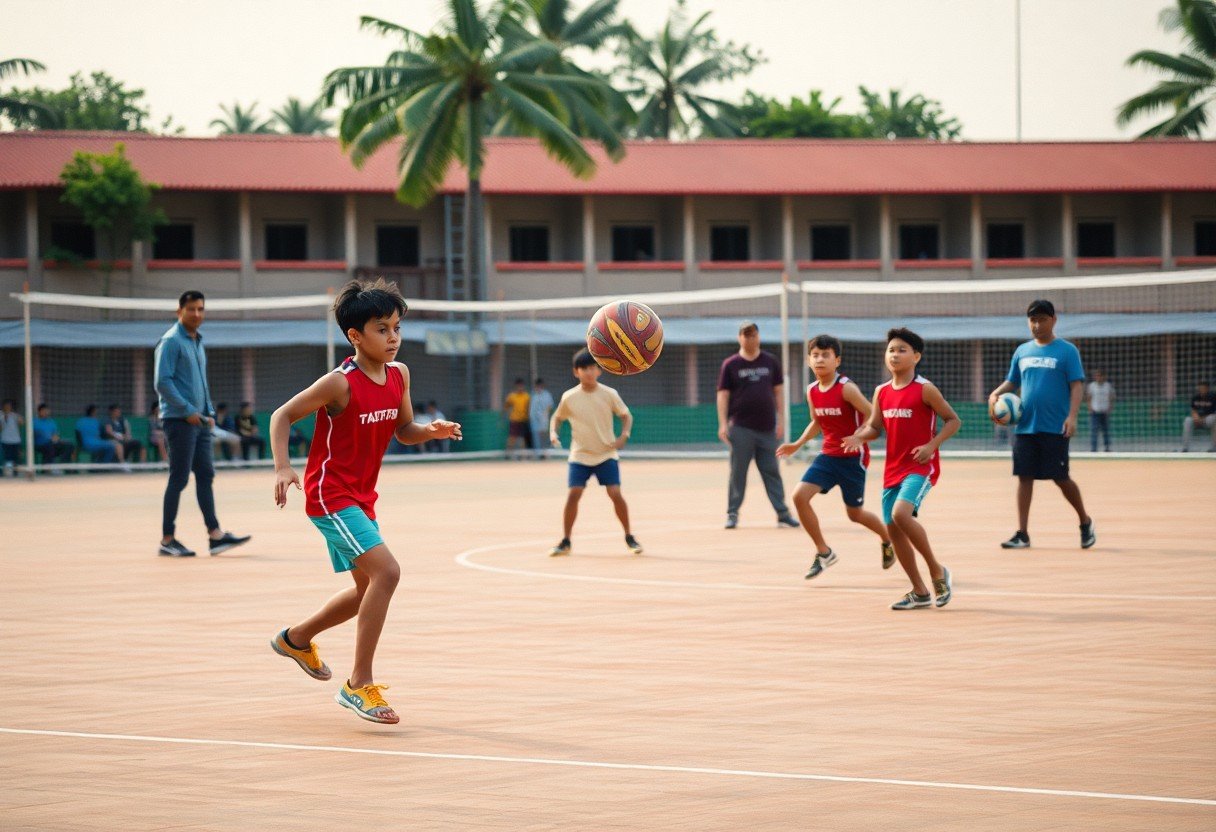
The Role of a Coach
Clearly, the impact of a coach extends beyond just teaching the technical aspects of sepak takraw. A well-rounded coach serves as a mentor, guide, and motivator for young athletes. Effective coaching not only enhances athletic performance but also shapes the personal development of athletes. For instance, a study on Comparing the Efficacy of Professional Athlete-Led Online … illustrates the benefits of mentorship in sports training.
Responsibilities of a Sepak Takraw Coach
Between developing training programs and ensuring athlete safety, your responsibilities as a sepak takraw coach are extensive. You must devise drills, monitor performance, and provide constructive feedback to help athletes improve. Additionally, promoting a healthy environment for competition and encouraging sportsmanship play vital roles in shaping young athletes.
Building a Positive Coach-Athlete Relationship
Coach, establishing a strong relationship with your athletes is fundamental to their success. This bond fosters trust and encourages athletes to express their concerns and aspirations openly. When athletes feel valued and understood, they are more likely to perform at their best.
And to deepen this relationship, actively engage with your athletes by showing genuine interest in their well-being and athletic goals. Take the time to understand their personalities, challenges, and motivations. This approach not only helps in building rapport but also enhances their confidence, making them more receptive to your guidance and advice.
Importance of Communication
Responsibilities of effective communication cannot be overstated when coaching young athletes. You need to convey instructions clearly and ensure that athletes understand the rationale behind your coaching strategies. Open lines of communication allow for feedback, fostering an environment where athletes can freely express their thoughts.
Indeed, fostering effective communication creates a dynamic where athletes feel empowered to engage in dialogue with you. This mutual exchange of ideas strengthens your coaching approach and improves athletes’ performance. Pay attention to non-verbal cues as well, as they can often convey emotions and concerns that words may not express. Building this rapport through communication will undoubtedly enhance the overall training experience for both you and your athletes.
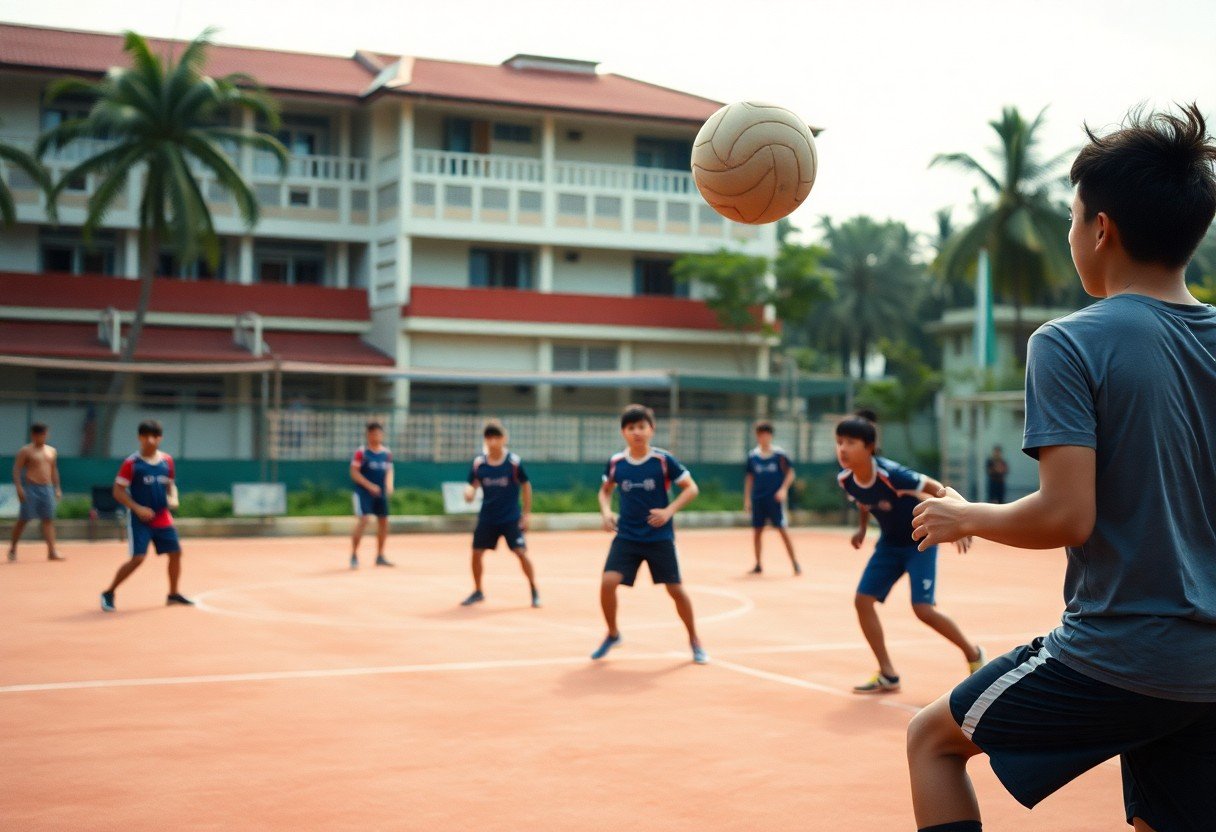
Training Methodologies
Despite the challenges of coaching young athletes in Sepak Takraw, implementing effective training methodologies can significantly enhance their skills and understanding of the game.
Structuring Training Sessions
An effective training session should be structured to balance skill development, game understanding, and physical conditioning. You can achieve this by dividing the training into segments that focus on specific areas such as warm-ups, drills, tactical awareness, and scrimmages. This approach not only keeps the athletes engaged but also ensures they are developing holistically in all aspects of the game.
Incorporating Drills for Skill Development
An imperative part of any training methodology is the incorporation of targeted drills that focus on the technical aspects of Sepak Takraw. You should design drills that improve skills such as serving, receiving, and striking the ball, ensuring that these activities are both challenging and enjoyable.
In fact, varying the drills can keep your young athletes motivated and progressing. Consider implementing partner drills for timing and communication, as well as solo drills that emphasize individual skill refinement. These purposeful exercises not only help you cultivate technical proficiency but also begin to foster teamwork and camaraderie among your athletes.
Use of Video Analysis
Along with traditional coaching methods, utilizing video analysis can enrich your training sessions. By recording your athletes during practice or matches, you provide a tangible resource for assessing performance and setting improvement goals.
Indeed, video analysis allows you to break down plays and highlight specific areas where your young athletes can improve. Watching their own movements helps them understand the game’s intricacies while receiving immediate feedback from you. This modern method not only enhances learning but also inspires confidence as they see their own progression over time.
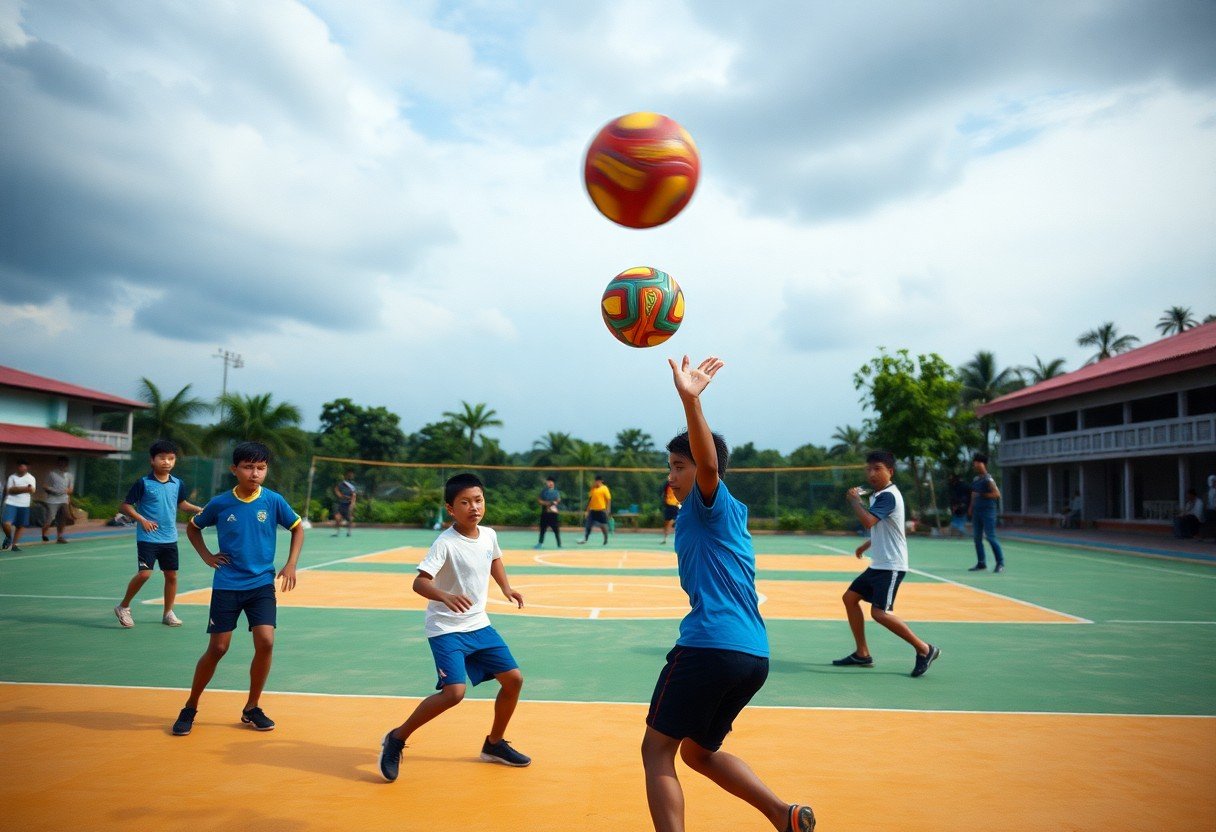
Conditioning and Fitness
Your approach to conditioning and fitness can significantly enhance the performance of young athletes in sepak takraw. Understanding the demands of the sport will help you develop a training regimen that builds strength, agility, and endurance, all vital for success on the court.
Importance of Physical Fitness in Sepak Takraw
Physical fitness in sepak takraw is important for a player’s performance. The game requires a blend of power, speed, and precision, which can only be achieved through dedicated conditioning. Athletes who focus on fitness will have improved endurance and agility, allowing them to execute complex moves and maintain peak performance throughout matches.
Recommended Conditioning Exercises
To prepare young athletes for the demands of sepak takraw, you should incorporate a variety of conditioning exercises. These may include plyometrics, agility drills, and aerobic sessions, tailored to build strength and endurance effectively.
Recommended exercises involve jump squats, lateral bounds, and shuttle runs, all focused on enhancing explosive power and footwork. Strength training with bodyweight exercises like push-ups and lunges will also boost overall conditioning. Incorporating these exercises into your training routine not only improves physical abilities but also fosters a competitive spirit among young athletes.
Injury Prevention Strategies
Fitness routines that emphasize warm-ups and cool-downs are instrumental in preventing injuries. Teaching your athletes proper techniques and mechanics will help them avoid common injuries associated with the sport.
Takraw athletes are at risk for sprains, strains, and stress fractures if they neglect proper care. Implementing consistent flexibility training, along with balance exercises, can significantly reduce the risk of injury. Encourage young players to listen to their bodies and to communicate any discomfort or pain, which will help maintain their long-term health and performance in the sport.
Developing Tactical Awareness
Not only does tactical awareness enhance performance on the court, but it also empowers young athletes to make informed decisions in real-time situations. By instilling a deeper understanding of the game, you can prepare them to face various competitive scenarios effectively.
Understanding Game Strategies
About game strategies, it’s imperative for young athletes to grasp the various playing styles and tactics employed by different teams. Encourage them to study these strategies, as understanding formations, set plays, and individual roles can significantly improve their ability to contribute positively during matches.
Situational Awareness Drills
Game situations will often require quick thinking and adaptability. Engaging in situational awareness drills can help young players learn to assess their surroundings and anticipate the actions of opponents and teammates alike.
Also, these drills can simulate real game scenarios, enabling you to incorporate varied conditions that players may face during official matches. For instance, you can create situations where players must react to sudden changes, such as when a fast attack is launched by the opposing team. This practice hones their ability to stay alert while evaluating options for the next move, making it more likely they will succeed during actual competition.
Analyzing Opponents
At the heart of developing your tactical awareness lies the skill of analyzing opponents. Understanding how rival teams operate allows young athletes to better anticipate their moves and exploit weaknesses.
Considering a thorough analysis involves studying not just the opponent’s tactics but also their individual players. You can encourage your athletes to focus on specifics such as each player’s strengths, weaknesses, and habitual patterns. By compiling this information, they can make informed decisions during matches that enhance team strategies and maximize opportunities for success.
Mental Preparation and Motivation
All young athletes must prioritize mental preparation alongside their physical training to excel in Sepak Takraw. A strong mental game not only enhances performance but also boosts confidence, resilience, and overall enjoyment of the sport.
The Role of Mental Toughness
Below, mental toughness is imperative for young athletes, as it helps them navigate the challenges of competition and overcome obstacles. Developing this quality allows you to remain steadfast under pressure, recover from setbacks swiftly, and maintain a positive attitude throughout training and matches.
Techniques for Enhancing Focus
By implementing techniques such as visualization, mindfulness, and breathing exercises, you can significantly enhance your focus during training and competitions. These strategies help create a mental environment where distractions are minimized, allowing you to concentrate on your performance and execute your skills seamlessly.
Even incorporating practices like meditation or guided imagery into your routine can sharpen your mental clarity. Engage in daily visualization by picturing yourself successfully executing skills or winning matches, which can improve your confidence and focus during actual gameplay.
Goal Setting for Young Athletes
Behind every successful athlete lies a solid plan for achieving their objectives. Setting SMART goals—specific, measurable, achievable, relevant, and time-bound—can guide your training efforts and keep you motivated. Defining clear targets allows you to track your progress and celebrate milestones along the way.
In fact, breaking down larger goals into smaller, manageable steps can lead to greater success. Establish short-term targets that align with your long-term aspirations. This approach not only maintains your focus but also instills a sense of accomplishment as you work towards becoming the best player you can be.
Conclusion
So, as you initiate on coaching sepak takraw for young athletes, prioritize building a strong foundation in fundamental skills, fostering a positive learning environment, and encouraging teamwork and sportsmanship. By incorporating best practices, such as structured drills and varied training sessions, you can effectively cultivate their talents and instill a passion for the game. Emphasizing progress and personal growth will keep your athletes motivated and engaged, ensuring that they enjoy their journey in this dynamic sport.
FAQ
Q: What are the crucial skills to develop in young Sepak Takraw players?
A: Young players should focus on developing fundamental skills such as kicking, heading, and ball control. Emphasizing agility, flexibility, and coordination is also important as these qualities contribute to overall performance. Additionally, training should incorporate team strategies and communication skills to promote teamwork on the court.
Q: How should training sessions be structured for youth players?
A: Training sessions should be structured to include a warm-up, skill drills, situational play, and a cool-down. Starting with a dynamic warm-up helps to prevent injuries and gets the players ready for activity. Incorporating skill drills tailored to the players’ age and ability levels will ensure everyone is engaged. Finally, situational play can enhance understanding of game tactics and team dynamics.
Q: What is the importance of mental preparation in Sepak Takraw for young athletes?
A: Mental preparation is a key element in developing young athletes. Teaching strategies for focus, visualization, and stress management can foster resilience and a positive mindset during competition. Encouraging players to set personal goals can also build confidence and motivation, enhancing their overall performance in games.
Q: How can coaches encourage teamwork among young Sepak Takraw players?
A: Coaches can promote teamwork by incorporating team-building exercises and fostering an environment of open communication. Encouraging players to support each other, celebrating successes together, and discussing game strategies as a group can enhance camaraderie. Organizing friendly matches or tournaments with other teams can also provide practical opportunities to strengthen teamwork skills.
Q: What role does physical conditioning play in the training of young Sepak Takraw players?
A: Physical conditioning is vital in training young athletes as it improves endurance, strength, and overall athletic performance. Incorporating exercises that enhance core strength, leg power, and cardiovascular fitness will help players execute techniques more effectively. It’s also important to tailor conditioning programs based on age and development levels to avoid over training and allow for proper recovery.


